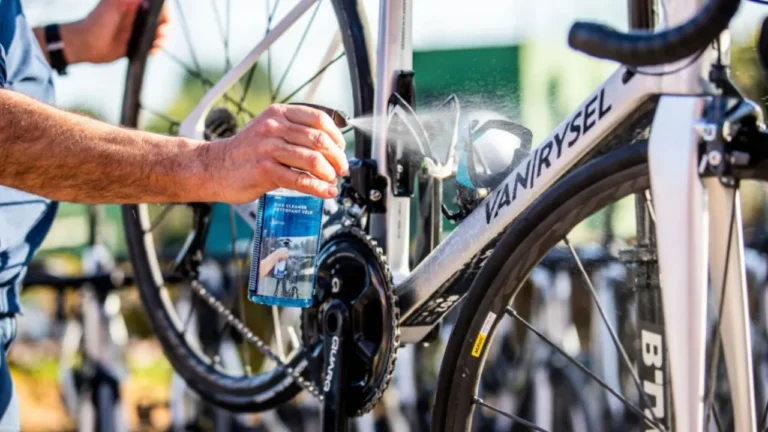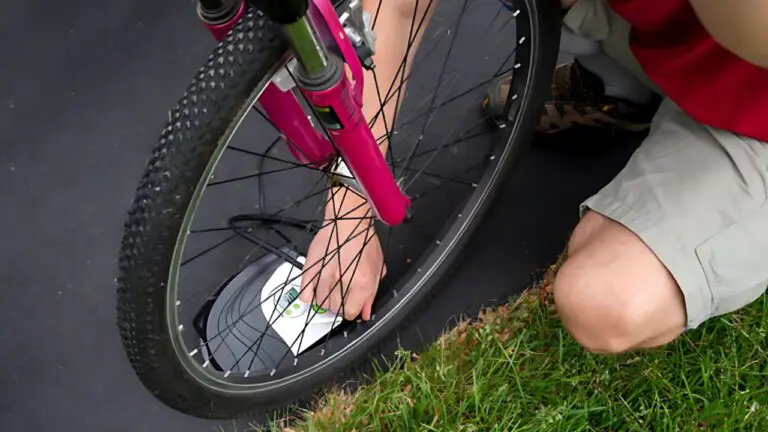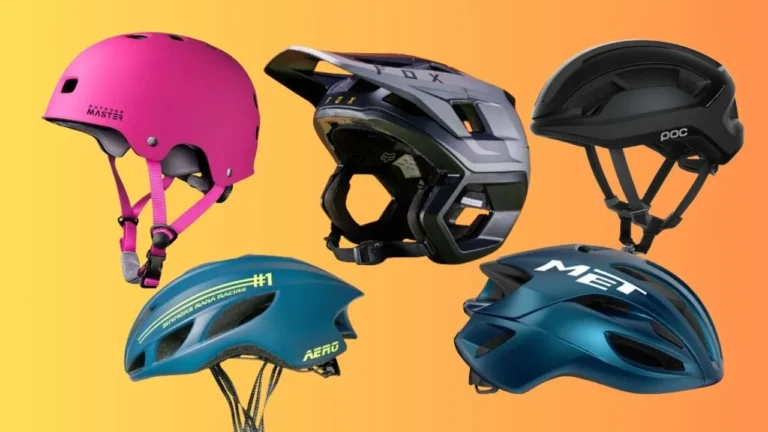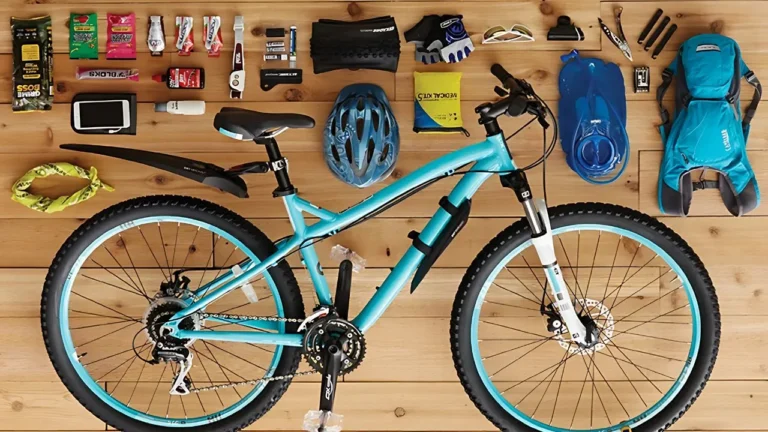Best Beginner Cycling Tips: A Guide for New Cyclists
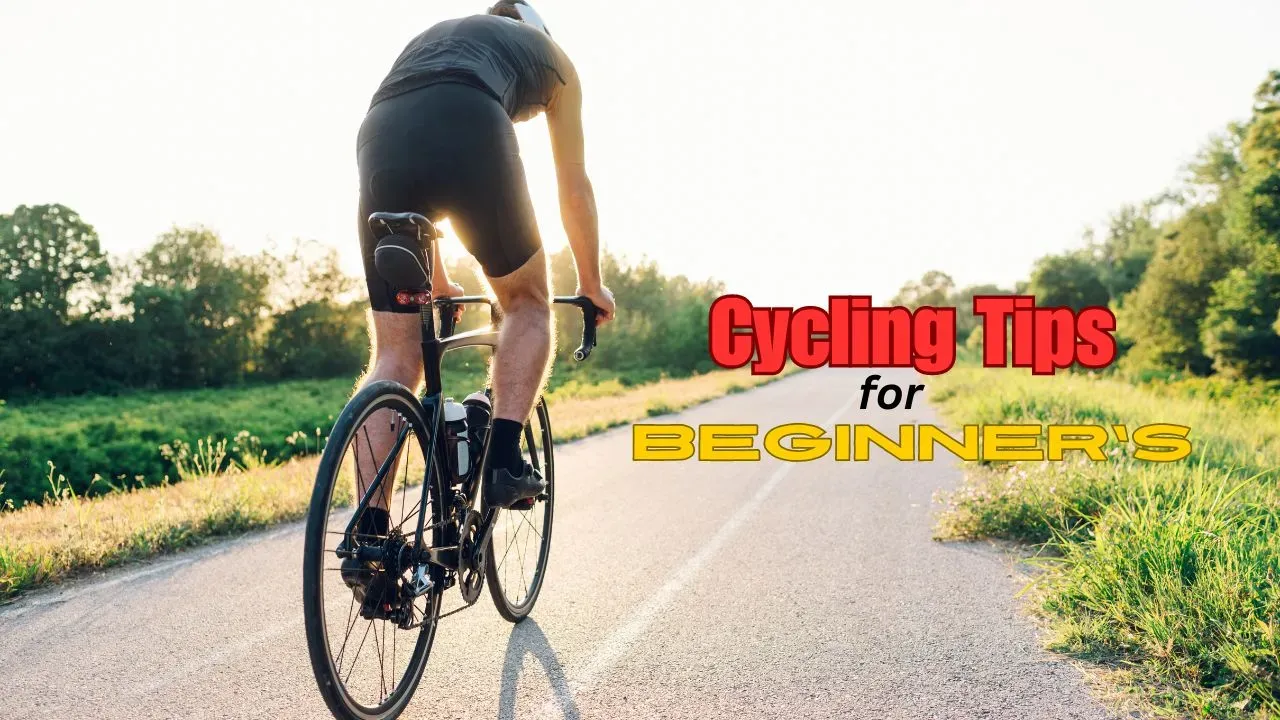
Cycling is a fun, healthy, and environmentally-friendly way to stay active, but starting as a beginner can feel overwhelming. If you’re new to the world of cycling, understanding the basics will not only help you ride confidently but also ensure a safe and enjoyable experience. Here are some essential cycling tips for beginners to get you started on the right pedal.
1. Choose the Right Bike
The first step to enjoying cycling is selecting the right type of bike. There are different types of bikes for various terrains and purposes, such as road bikes, mountain bikes, and hybrid bikes. As a beginner, consider:
- Hybrid bikes: Ideal for commuting and casual rides on roads or light trails.
- Road bikes: Best for speed on paved roads, perfect for fitness and long rides.
- Mountain bikes: Great for off-road cycling and rugged terrains.
It’s important to visit a bike shop to get fitted for the correct size. A properly fitted bike will improve your comfort and efficiency.
2. Get Comfortable with Bike Gear
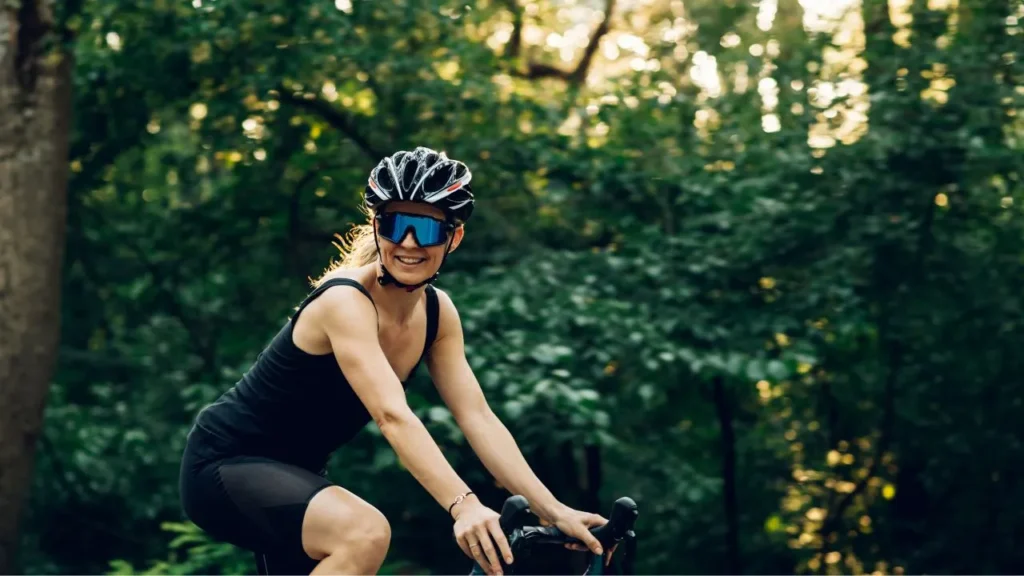
While you don’t need to invest in high-end gear initially, having some basic cycling equipment will enhance your experience:
- Helmet: Always wear a helmet to protect your head in case of an accident.
- Cycling gloves: These provide a better grip and reduce hand fatigue on long rides.
- Padded shorts: Designed for comfort, especially on longer rides.
- Water bottle and cage: Staying hydrated is essential for endurance.
- Cycling shoes: These improve your pedaling efficiency if you use clipless pedals.
3. Learn Basic Bike Maintenance
Knowing how to maintain your bike will prevent unexpected breakdowns and save you time. As a beginner, focus on learning the following:
- Fix a flat tire: Always carry a spare inner tube, tire levers, and a mini pump or CO2 inflator.
- Clean your bike: Keeping your bike clean, especially the chain, will prolong its life and improve performance.
- Check tire pressure: Under-inflated tires can cause sluggish riding, while over-inflated tires may lead to flats. Check your tire pressure before every ride.
4. Practice Proper Riding Techniques
As a beginner, riding smoothly and efficiently is key to preventing injuries and enjoying your rides.
- Pedal efficiently: Focus on spinning the pedals in a smooth, circular motion rather than mashing them down.
- Positioning: Maintain a relaxed grip on the handlebars, keep your elbows slightly bent, and engage your core to support your back.
- Braking: Use both brakes (front and rear) evenly when slowing down. Avoid using only the front brake to prevent flipping over the handlebars.
5. Start Slowly and Build Endurance
Cycling is a sport that requires endurance, but you don’t need to start with long distances right away. Begin with shorter rides and gradually increase your distance and speed over time. Set small, achievable goals, such as riding for 20-30 minutes a few times a week. As your fitness improves, you can extend your rides and try new challenges like hilly routes.
6. Master Road Safety
Safety is crucial, especially if you plan to ride on busy streets. Keep these safety tips in mind:
- Obey traffic laws: Cyclists must follow the same rules as cars. Ride in the same direction as traffic and obey all signs and signals.
- Stay visible: Wear bright or reflective clothing and use lights on your bike, especially at night.
- Use hand signals: Let drivers know your intentions by signaling when you’re turning or stopping.
- Stay aware: Always be alert to your surroundings. Look out for cars, pedestrians, and other cyclists, and anticipate potential hazards.
7. Plan Your Routes
For a stress-free ride, plan your routes in advance. Look for cycling-friendly roads, bike paths, or parks with minimal traffic. You can use apps like Strava or Komoot to discover popular cycling routes or map your own. This will help you avoid busy streets and hilly terrain that may be challenging for beginners.
8. Stay Hydrated and Fueled
Cycling is a calorie-burning activity, and staying hydrated is essential. Carry a water bottle and take small sips regularly during your ride, especially on warm days. For rides longer than an hour, bring a small snack like a banana or an energy bar to keep your energy levels up.
9. Join a Cycling Group or Take a Class
One of the best ways to improve your cycling skills is to ride with others. Joining a local cycling club or group can introduce you to more experienced riders who can offer tips and guidance. Some bike shops and community centers also offer beginner cycling classes that teach you about bike handling, traffic rules, and basic maintenance.
10. Have Fun and Stay Consistent
Finally, the most important tip is to have fun! Cycling should be an enjoyable activity, not a chore. Stay consistent with your rides, track your progress, and celebrate your improvements. Whether you’re cycling for fitness, commuting, or just exploring your local area, the key to success is to keep at it.
Final Thoughts
Cycling as a beginner can be incredibly rewarding if you follow the right steps to stay safe and comfortable. With the right gear, knowledge of road safety, and a gradual approach to building endurance, you’ll soon find yourself enjoying the benefits of this wonderful sport. Keep learning, ride regularly, and you’ll become a confident cyclist in no time!

